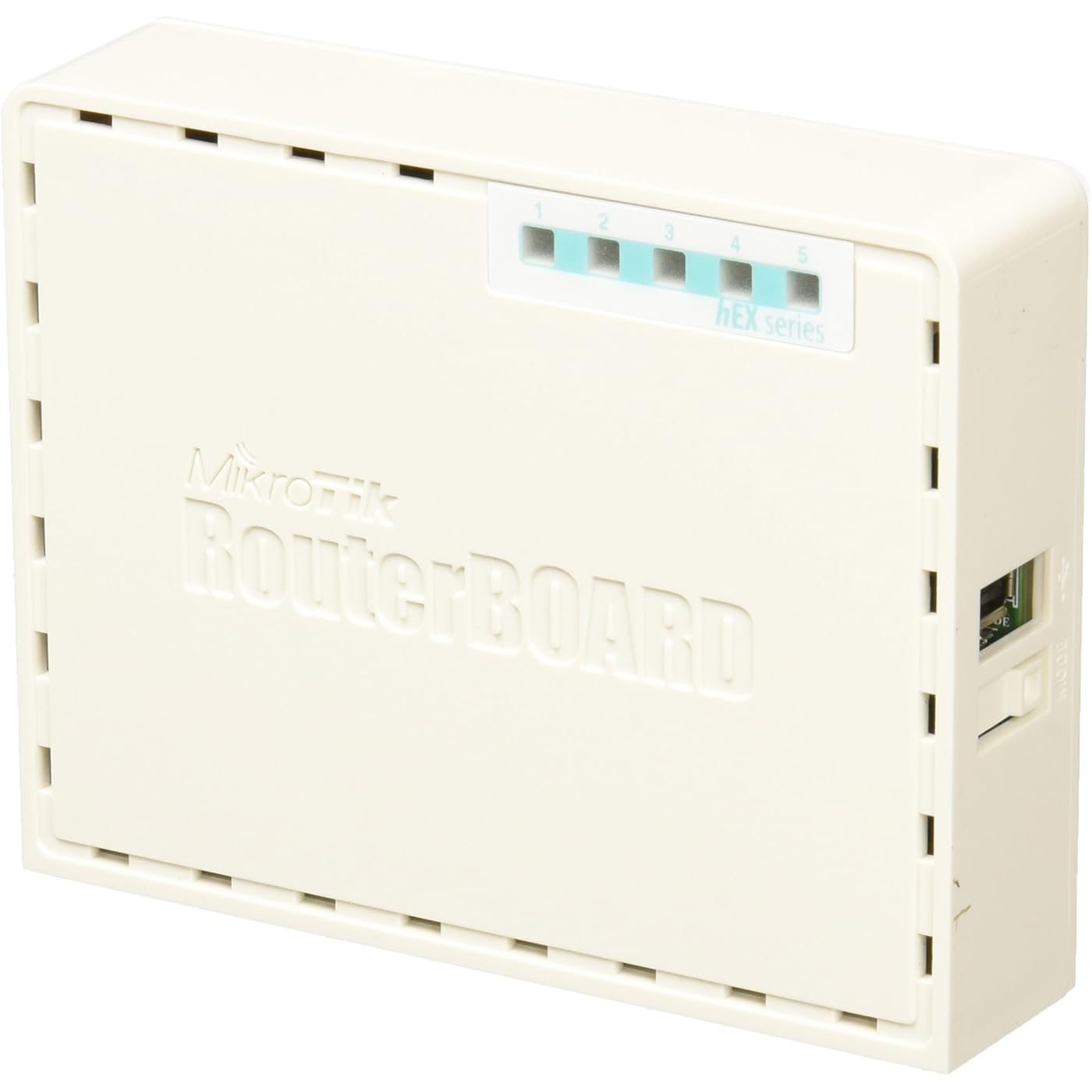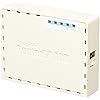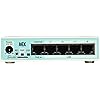





Ready to go? Add this product to your cart and select a plan during checkout. Payment plans are offered through our trusted finance partners Klarna, PayTomorrow, Affirm, Afterpay, Apple Pay, and PayPal. No-credit-needed leasing options through Acima may also be available at checkout.
Learn more about financing & leasing here.
This item is eligible for return within 30 days of receipt
To qualify for a full refund, items must be returned in their original, unused condition. If an item is returned in a used, damaged, or materially different state, you may be granted a partial refund.
To initiate a return, please visit our Returns Center.
View our full returns policy here.
Features
Description
hEX is a five port Gigabit Ethernet router for locations where wireless connectivity is not required. The device has a full size USB port. This new updated revision of the hEX brings several improvements in performance. It is affordable, small and easy to use, but at the same time comes with a very powerful dual core 880MHz CPU and 256MB RAM, capable of all the advanced configurations that RouterOS supports. IPsec Hardware encryption (~470Mbps) and dude server package is supported, microSD slot on it also provides improved r/w speed for database storage on microSD card.
Product Dimensions: 3.5 x 4.45 x 1.1 inches
Item Weight: 10.6 ounces
Manufacturer: Mikrotik
Item model number: RB750Gr3
Is Discontinued By Manufacturer: No
Date First Available: November 7, 2016
